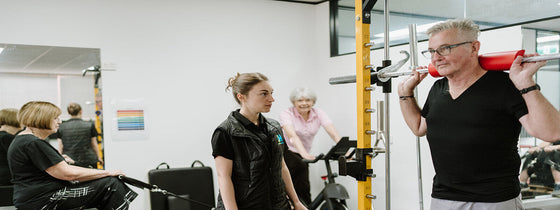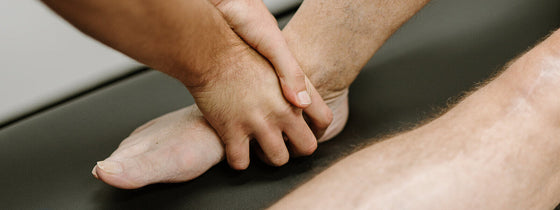The stats
So why exactly are hamstring injuries so common?
Sports that involve top end running speeds are where we see most of our hamstring strain injuries. In particular, sports involving rapid acceleration and deceleration phases or movements put you at greater risk. Such sports include AFL, soccer, basketball, cricket, rugby etc. The list goes on. When we look at the anatomical level these extrinsic risk factors start to make more sense.
Two of the biggest intrinsic risk factors for hamstring injury are:
Lets look at that first point - Rapid acceleration and deceleration involve heavy eccentric muscle loading. This is where our muscle is lengthening while under load. If our muscles are not strong enough eccentrically to control the movement then injury can occur from overstretching of the muscle fibres.
Point number 2 – If our muscle fibers are shorter, they can undergo less excursion before they reach their yield point. This is the point beyond which further stress will lead to fiber stretching and tearing.
These two factors can begin to be addressed via eccentric strength training which is where a lot of focus has gone in recent years.
Eccentric muscle loading has been proven to improve both fascicle length and eccentric muscle strength.
The best way to commence an effective eccentric loading program is to know exactly how strong you are so that your training can be prescribed optimally.
A lot of time, money and research has gone into finding a way that we can safely, accurately and easily measure levels of eccentric hamstring strength. The development that has come out the other end is called the NordBord.
The NordBord utilises force transducers throughout the Nordic hamstring exercise to very quickly and accurately measure exactly how much eccentric force an athlete can create.
What exactly can this data tell us?
Are you an athlete who:
You should be using a NordBord to guide your training along the path to optimal performance. Book an appointment with an OHL Physiotherapist for an assessment and management plan before you spend all of 2023 on the bench!

If you're experiencing back or neck pain with neurological signs and symptoms, a thorough neurological examination is crucial for accurate assessment and effective treatment. In this Optimal Tip learn more about what we mean by completing a neurological exam!

Squats, deadlifts, and calf raises are key movement patterns that should be part of every strength and conditioning program—regardless of age and activity level. These functional movements support joint health, improve posture and balance, and reduce the risk of injury while building strength where it matters most.

A ganglion cyst is a fluid-filled swelling that typically forms over a joint or tendon sheath, causing discomfort and pain, especially when pressing against nerves or joints. Proper assessment and treatment, including physiotherapy, are essential for managing symptoms and improving function in the presence of a ganglion in your hand, foot, or wrist.